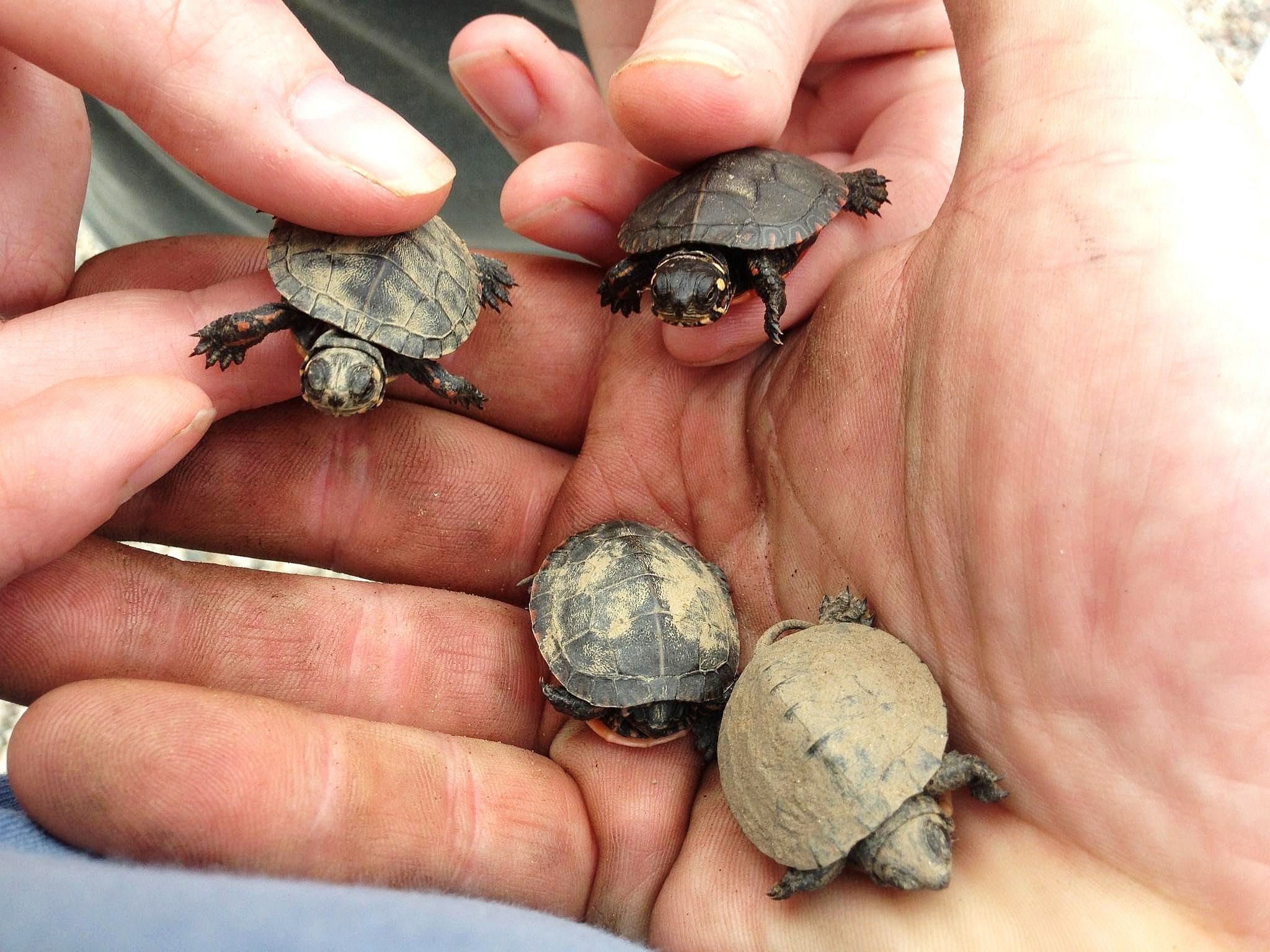Imagine being able to capture the most adorable and awe-inspiring moments of baby turtles emerging from their eggs, taking their first wobbly steps, and venturing into the vast oceans for the very first time. With “The Art of Hatchling Photography: Capturing Beautiful Moments with Baby Turtles,” you can now take your photography skills to a whole new level by documenting these extraordinary moments in the most captivating and breathtaking way possible. Whether you’re a professional photographer looking to expand your portfolio or simply a nature enthusiast wanting to preserve these precious memories, this product promises to unlock the secrets of immortalizing the beauty and wonder of baby turtles through photography. Get ready to embark on an adventure like no other, as “The Art of Hatchling Photography” will guide you step by step on this mesmerizing journey of capturing these magical moments forever.
The Fundamentals of Hatchling Photography
Hatchling photography is a unique and rewarding branch of wildlife photography that allows you to capture the precious moments of baby turtles as they embark on their journey in the world. Not only does it offer a glimpse into the captivating world of these tiny creatures, but it also plays a crucial role in conservation efforts and environmental education. To become a successful hatchling photographer, it is crucial to understand the fundamentals of this specialized field.
Understanding the Hatchling Stage
The hatchling stage of turtles is a vital period in their lifecycle. As they emerge from their nests and make their way towards the ocean or other habitats, hatchlings exhibit a range of fascinating behaviors. Understanding the intricacies of this stage is essential for documenting their journey effectively. From the moment they hatch to the time they reach their destination, every movement and interaction is an opportunity to capture extraordinary images.
Choosing the Right Equipment
To capture stunning hatchling photographs, it is essential to invest in the right equipment. One of the key considerations is your choice of camera and lens. A camera with a fast burst mode and a telephoto lens will allow you to capture the swift movements of these tiny creatures. Additionally, consider a camera with good low-light performance to overcome the challenges of shooting in dimly lit environments. Apart from the camera, don’t forget to pack additional camera batteries, memory cards, and a sturdy tripod to ensure you never miss a shot.
Ideal Lighting Conditions
Lighting plays a crucial role in hatchling photography. The right lighting conditions can enhance the beauty and impact of your photographs. As hatchlings often emerge at night or during early morning hours, understanding how to work with low light is crucial. Experimenting with different lighting techniques, such as using flash or reflectors, can help you achieve the desired results. Additionally, understanding the behavior of hatchlings in different lighting conditions will allow you to adapt your approach accordingly.
Composition and Framing Techniques
Creating visually compelling hatchling photographs requires a good understanding of composition and framing techniques. By considering elements such as the rule of thirds, leading lines, and negative space, you can add depth and visual interest to your images. Experiment with different angles, perspectives, and focal points to capture the unique beauty of these baby turtles. Remember to pay attention to the background and ensure it complements the subject without distracting from it.
Preparing for the Shoot
Preparing for a hatchling photography shoot involves thorough research, gathering essential accessories, creating a safe environment, and understanding hatchling behavior. Taking these necessary steps will help you maximize your chances of photographing those unforgettable moments.
Researching Hatchling Habitats
Before heading out to photograph hatchlings, it is essential to research their habitats thoroughly. Understanding the nesting and hatching habits of different turtle species will allow you to plan your shoots effectively. Learn about their preferred nesting areas, the timing of their hatchings, and the conditions under which they typically emerge. This knowledge will help you position yourself in the right place at the right time, increasing your chances of capturing their remarkable journey.
Gathering Essential Accessories
In addition to your camera equipment, there are several essential accessories that can greatly enhance your hatchling photography experience. A good pair of binoculars will help you spot nests from a distance and assess the behavior of hatchlings without disturbing them. Additionally, investing in a waterproof camera bag or housing will enable you to get closer to the action and capture unique underwater shots. Lastly, don’t forget to bring along a portable and lightweight tripod to ensure stability for those long exposure shots.
Creating a Safe Environment
Creating a safe environment for the hatchlings should be a top priority. It is crucial to minimize any potential disturbances and ensure that your presence does not hinder their natural behavior. Avoid any sudden movements or loud noises that could startle the hatchlings or cause unnecessary stress. Give them enough space and observe from a safe distance to prevent accidental damage to their fragile bodies or nests.
Understanding Hatchling Behavior
Observing hatchling behavior is not only fascinating but also beneficial in capturing their most natural and captivating moments. Spend time studying their movements, interactions, and patterns. This knowledge will enable you to anticipate their actions and capture their unique behaviors in your photographs. Patience and observation are key in hatchling photography, so take the time to truly understand their world and let your images reflect their true essence.
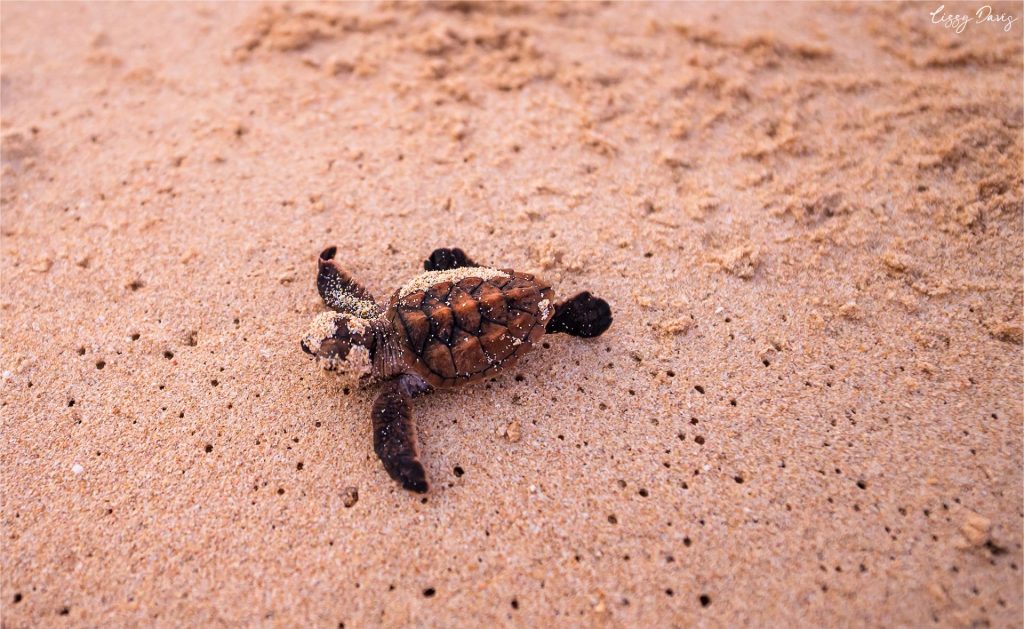
Techniques for Capturing Hatchling Moments
To capture the most extraordinary moments of hatchlings, you need to employ various techniques that will make your photographs stand out from the rest. From using natural props and backgrounds to getting down to eye level with the hatchlings, these techniques will elevate your hatchling photography to new heights.
Patience and Observation
Patience is vital when photographing hatchlings. By observing their behavior and movements, you can anticipate their actions and capture those fleeting moments of curiosity, hesitation, or determination. Stay alert and ready to click the shutter at any given moment. Remember, the more time you spend with them, the more opportunities you will have to capture the perfect shot.
Using Natural Props and Backgrounds
Incorporating natural props and backgrounds can add depth and context to your hatchling photographs. Seashells, bits of seaweed, or pieces of driftwood can be strategically placed near the hatchlings to create visually appealing compositions. These props can provide a sense of scale, emphasize the hatchlings’ fragile nature, or simply add a touch of visual interest to your images.
Getting Down to Eye Level
To truly connect with the hatchlings and capture their world from their perspective, it is important to get down to eye level. By positioning yourself at eye level with the hatchlings, you create a more intimate and engaging image that allows viewers to connect with the subject on a deeper level. Experiment with different angles and positions to find the most captivating viewpoint for each shot.
Employing the Rule of Thirds
The rule of thirds is a simple yet effective technique that can greatly enhance the composition of your hatchling photographs. By dividing your frame into a grid of thirds horizontally and vertically, you can position your subject along these intersecting lines or at their points of convergence. This technique adds balance, visual interest, and a more dynamic composition to your images.
Tips for Photographing Hatchlings in their Natural Habitat
Capturing hatchling photographs in their natural habitat requires careful planning and consideration. By understanding the nesting and hatching cycles, avoiding disruption and disturbance, and timing your shoots during the golden hour, you can create stunning images that showcase the beauty and vulnerability of these tiny creatures.
Tracking Nesting and Hatching Cycles
To photograph hatchlings in their natural habitat, it is crucial to have knowledge of their nesting and hatching cycles. Research the nesting season of the turtle species you are interested in photographing in your region. This will allow you to plan your shoots accordingly and be on location when the hatchlings emerge. By tracking these cycles, you increase your chances of capturing those awe-inspiring moments.
Avoiding Disruption and Disturbance
When photographing hatchlings in their natural habitat, it is essential to minimize any disruption and disturbance to their environment. Ensure that you follow all guidelines and regulations in place to protect these vulnerable creatures. Avoid excessive noise, sudden movements, or intrusive behavior that could cause stress or harm to the hatchlings or their nests. Respect their space and observe from a distance to allow them to continue their journey undisturbed.
Timing the Golden Hour
The golden hour, also known as the magic hour, refers to the period shortly after sunrise or before sunset when the natural light is soft, warm, and diffused. Utilizing the golden hour can result in breathtaking hatchling photographs, as the gentle light accentuates their features and adds a magical quality to the scene. Plan your shoots accordingly, and take advantage of this optimal lighting condition to capture truly remarkable images.
Capturing Sunrise or Sunset Scenes
Sunrise and sunset scenes offer incredible opportunities to capture hatchlings in a whole new light. As the soft, warm hues of the sun paint the sky, you can create visually stunning and emotive images. Position yourself to capture the hatchlings framed against the backdrop of a captivating sunrise or sunset. Experiment with different compositions, exposures, and angles to add drama and beauty to your images.
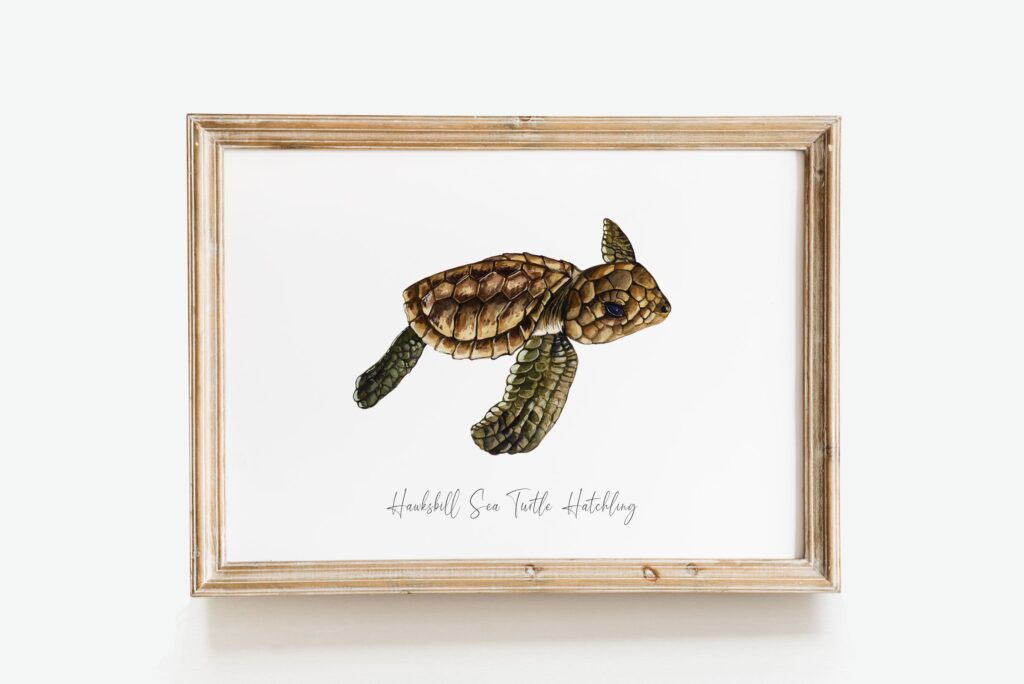
Creative Approaches to Hatchling Photography
To truly push the boundaries of your hatchling photography, it’s important to think outside the box and experiment with different creative approaches. By exploring angles and perspectives, embracing macro photography, incorporating motion blur and reflections, and playing with shadows and silhouettes, you can add a unique and artistic touch to your hatchling photographs.
Experimenting with Angles and Perspectives
Don’t be afraid to experiment with different angles and perspectives when photographing hatchlings. Get close, get low, or even get above them to capture unique and compelling shots. By exploring unconventional angles, you can create images that stand out from the usual hatchling photographs. So, get creative with your camera position and perspective to showcase the hatchlings in a fresh and unexpected way.
Macro Photography for Close-ups
Macro photography allows you to capture intricate details and textures of hatchlings up close. By using a dedicated macro lens or macro extension tubes, you can magnify the tiny features of these adorable creatures and create impactful and captivating images. Pay attention to the patterns on their shells, the delicacy of their flippers, or the spark in their eyes. Macro photography offers a whole new perspective on the beauty of hatchlings.
Embracing Motion Blur and Reflections
Motion blur and reflections can add a sense of dynamism and artistic flair to your hatchling photographs. Experiment with slow shutter speeds and panning techniques to capture the movement of the hatchlings as they glide through the water. Additionally, look for opportunities to capture their reflections on calm surfaces like tide pools or shallow water. These techniques can elevate your images by introducing an element of mystique and intrigue.
Playing with Shadows and Silhouettes
Harness the power of shadows and silhouettes to create dramatic and visually striking hatchling photographs. Look for opportunities where the hatchlings cast interesting shadows on the sand or against the backdrop of the ocean. Alternatively, capture their silhouettes against a vibrant sunset or a bright sky. These images can evoke powerful emotions and add depth to your hatchling photography portfolio.
Post-Processing to Enhance your Hatchling Photos
Post-processing is an integral part of any hatchling photography workflow. By mastering the art of post-processing, you can enhance the colors, contrast, and overall impact of your hatchling photographs. With the right editing software and a few basic adjustments, you can transform your images into captivating works of art.
Choosing the Right Editing Software
When it comes to editing your hatchling photographs, choosing the right editing software is crucial. Adobe Photoshop and Lightroom are popular choices among photographers due to their versatility and powerful editing capabilities. Both software provide a wide range of tools and features that allow you to fine-tune your images and bring out their true potential. Explore different editing software options and find one that suits your needs and editing style.
Basic Adjustments and Filters
Start your post-processing workflow by making basic adjustments to your hatchling photographs. This includes tweaking exposure, contrast, saturation, and white balance. Focus on bringing out the details and colors of the hatchlings and fine-tuning the overall tonal range. Additionally, experiment with filters such as vignettes or graduated filters to enhance the focus on your subject and create a more immersive viewing experience.
Enhancing Colors and Contrast
Color enhancement is a powerful tool in hatchling photography. Through post-processing, you can bring out the vibrant hues of their shells and the brilliance of their surroundings. Adjust individual color channels to make specific colors pop or add a touch of warmth to your images. Additionally, enhancing contrast can help create more impactful hatchling photographs by accentuating their textures and features.
Removing Distractions and Imperfections
Minor distractions or imperfections in your hatchling photographs can detract from the overall impact of the image. Use post-processing tools to remove any unwanted elements or blemishes while ensuring not to compromise the authenticity of the scene. Carefully clone or heal these distractions to maintain the integrity of the image and draw the viewer’s attention to the remarkable subject – the hatchlings.
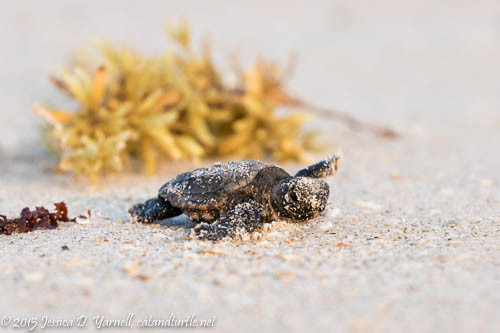
Etiquette and Responsible Practices
As hatchling photographers, it is essential to uphold responsible practices and respect the well-being of the hatchlings and their precious habitats. By following proper etiquette and adhering to local laws and regulations, you contribute to their conservation and preservation.
Respecting Wildlife and their Habitats
Respecting the wildlife and their habitats should be the cornerstone of hatchling photography. Observe from a distance, avoid approaching too closely, and minimize any impact on their natural behaviors. Remember that they are delicate creatures relying on their environment for survival, so prioritize their well-being over capturing the perfect shot.
Avoiding Harmful Disturbances
It is crucial to avoid any harmful disturbances when photographing hatchlings. Do not touch or handle them unless you are a trained professional assisting in conservation efforts. By respecting their space and limiting your interactions, you reduce the risk of causing stress, injury, or even death to these vulnerable creatures.
Obeying Local Laws and Regulations
Each region may have specific laws and regulations regarding the conservation and protection of wildlife habitats. Familiarize yourself with these guidelines to ensure that your hatchling photography practices are compliant and do not contribute to any negative impacts on the environment or endanger the hatchlings. Adherence to the law is essential to promote responsible photography.
Leaving No Trace
Leave no trace should be your guiding principle when engaging in hatchling photography. Minimize your impact on the environment by avoiding littering, clearing or damaging vegetation, or leaving any non-biodegradable materials behind. The goal is to preserve their habitats so that future generations can also witness the beauty of these incredible creatures.
Challenges and Solutions in Hatchling Photography
Hatchling photography presents its unique set of challenges that require creative solutions to overcome successfully. From dealing with fast-moving subjects to handling low light conditions, understanding these challenges will help you adapt, improvise, and capture those extraordinary moments.
Dealing with Fast-Moving Subjects
Hatchlings are notorious for their speed and agility, making it challenging to capture sharp and well-composed images. To overcome this, adjust your camera settings to a fast shutter speed and continuous autofocus mode. Anticipate their movements, pre-focus on the area where you expect them to be, and be patient to capture that split-second moment when everything aligns beautifully in the frame.
Overcoming Low Light Conditions
Low light conditions are a common challenge in hatchling photography, especially during nighttime hatchings or early morning shoots. To overcome this, consider using a tripod to stabilize your camera and enable longer exposures without sacrificing image quality. Increase your ISO to allow for faster shutter speeds while balancing it with noise reduction techniques during post-processing. Additionally, exploring the use of artificial lighting, such as flashes or continuous light sources, can help you overcome the limited available light and capture stunning hatchling photographs.
Handling Unpredictable Behavior
Hatchlings possess unpredictable behavior, making it challenging to anticipate their movements and actions. To handle this challenge, keep observing and studying their behavior throughout your shoot. Look for patterns and signs that indicate certain behaviors, such as the direction they are heading or how they respond to specific stimuli. By staying patient and adaptable, you increase your chances of capturing those priceless moments of hatchling behavior.
Managing Camera Shake
Camera shake can greatly impact the sharpness and clarity of your hatchling photographs. When handholding your camera, it is essential to maintain a steady hand. Practice proper hand-holding techniques, brace yourself against a stable surface if possible, and use image stabilization technology if available in your camera or lens. In situations where longer exposures are required, rely on a tripod to ensure the stability of your camera and capture sharp images.
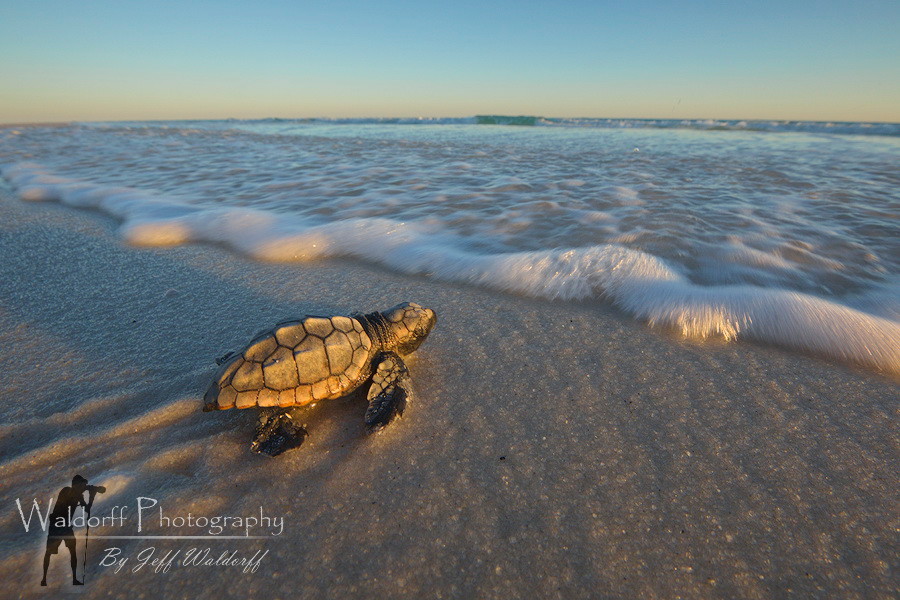
Inspiration from Notable Hatchling Photographers
Drawing inspiration from notable hatchling photographers can provide valuable insights and ideas to enhance your own photography. By exploring the works of renowned photographers, understanding their techniques, and observing their portfolios, you can gain inspiration and develop your unique style.
Exploring the Works of XYZ
XYZ (placeholder for notable photographer) has dedicated their career to hatchling photography and capturing the remarkable moments of these tiny creatures. By exploring their works, you can observe their composition techniques, lighting choices, and how they capture the essence of hatchlings through their lens. Take inspiration from XYZ’s ability to tell powerful stories through their photographs and apply these techniques to your own work.
Lessons Learned from ABC’s Portfolio
ABC (placeholder for another notable photographer) has a portfolio full of astonishing hatchling photographs that evoke both emotion and awe. By studying ABC’s work, you can gain insights into their unique approach to hatchling photography. Pay attention to their use of light, composition, and storytelling to create visually impactful images. Take note of their post-processing techniques and how they enhance the overall mood and atmosphere of their photographs.
Emulating the Style of PQR
PQR (placeholder for another notable photographer) has a distinct style that sets them apart in the world of hatchling photography. Emulating their style involves studying their use of color, perspective, and storytelling. Take inspiration from PQR’s ability to capture the hatchlings in a way that showcases their vulnerability and the intricate details of their features. Experiment with their techniques and adapt them to suit your own vision and creative approach.
Finding Inspiration from LMN
LMN (placeholder for another notable photographer) has a unique perspective on hatchling photography, often exploring unconventional angles and compositions. By examining LMN’s body of work, you can discover new ways to capture the beauty of hatchlings from unexpected viewpoints and perspectives. Learn from their ability to create visually captivating images that engage the viewer and ignite curiosity.
The Importance of Hatchling Photography: Conservation and Education
Hatchling photography serves a significant purpose beyond capturing beautiful moments. It plays a crucial role in raising awareness for conservation efforts, educating the public, promoting ecosystem preservation, and contributing to citizen science initiatives.
Raising Awareness for Conservation Efforts
Hatchling photography helps raise awareness of the conservation challenges faced by these incredible creatures. By showcasing their beauty, vulnerability, and the threats they face, you can inspire others to take action and support conservation initiatives. The images captured during hatchling photography serve as powerful visual tools that can mobilize individuals, communities, and organizations to protect and preserve these delicate species.
Educating the Public through Photography
Through hatchling photography, you have the opportunity to educate the public about the importance of protecting the habitats and ecosystems these creatures rely on. By sharing your photographs along with educational captions, you can convey the critical role hatchlings play in maintaining a healthy environment. Educated individuals are more likely to appreciate the delicate balance of nature and make informed choices that contribute to the preservation of these incredible creatures.
Promoting Ecosystem Preservation
Hatchling photography offers a platform to promote ecosystem preservation. By highlighting the interconnectedness of various species within an ecosystem, you can raise awareness about the importance of protecting these habitats. The photographs captured during hatchling photography showcase the delicate web of life and emphasize the need to preserve not only the hatchlings but their habitats as well.
Contributing to Citizen Science Initiatives
Modern hatchling photography has the potential to contribute to citizen science initiatives that aim to gather valuable data and insights. By collaborating with scientists and researchers, you can use your photographs to document nesting sites, hatching success rates, and migration patterns. This information helps scientists better understand these species and implement effective conservation strategies.
In conclusion, hatchling photography is a fascinating and rewarding field that allows you to capture the mesmerizing moments of baby turtles entering the world. By understanding the fundamentals, preparing carefully, employing various techniques, and embracing creativity, you can capture stunning images that not only showcase the beauty of hatchlings but also contribute to their conservation and education. Through responsible practices, overcoming challenges, finding inspiration from notable photographers, and recognizing the importance of hatchling photography, you can make a meaningful impact in the world of wildlife photography and conservation efforts. So grab your camera, venture into their habitats, and let the magic of hatchling photography unfold before your lens.

